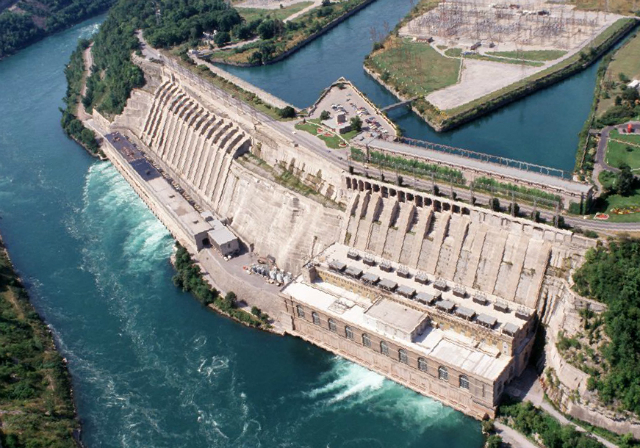In a recent article by Globe and Mail business columnist David Berman, he talked about the beating he’s taken on Hydro One Ltd. (TSX:H) stock over the past two years.
“I’ve owned this stock for a couple of years, and I have been adding to my holdings in three different accounts (a registered retirement savings plan, a tax-free savings account and – apologies to my daughter − a registered education savings plan), under the belief that electricity distribution is a solid business,” wrote Berman on June 4. “But doubling down has only added to my pain as Hydro One’s share price has tumbled below $20 over the past month, from a high above $26 in 2016 – a 30-per-cent belly flop.”
David, I feel your pain.
I thought the same thing… sort of
Around the same time, Berman was buying (for real) into Hydro One stock, I was recommending that Hydro One customers consider buying shares to partially offset higher electricity prices.
You know, the whole idea of paying yourself first and all that jazz.
“…the quarterly dividend paid out by Hydro One will more than likely increase as it generates additional cash flow from the $8 billion it plans to spend over the next five years, improving its existing infrastructure assets,” I wrote July 26, 2016. “Operating within a regulated business environment, it’s likely that investors can expect dividend increases of 5-10% annually over the next few years, meaning today’s 84 cents could be as much as $1.35 in five years—a yield of 5.2%.
Where are we at now?
Hydro One yields 4.7% as I write this, just 50 basis points from what I thought it might yield in 2021 based on a $26 purchase price in 2016.
Of course, its wonderful yield isn’t entirely from dividend increases — there have been two since its IPO in November 2015 — but also from a falling stock price.
Nonetheless, even if you did buy for $26 back in July 2016, based on the original purchase price, you’re still yielding 3.5%; if you’re an income investor, that’s almost as important as a stock price that’s higher than the $20.50 IPO price.
Of course, it’s not, but as Berman asks in his article, how much worse can it get?
Trading at 13 times its 2020 earnings, analysts are generally lukewarm about its stock, but only one out of 14 analysts have a “sell” rating on the stock, while seven have a “buy” or “overweight” rating.
Normally I’m inclined to ignore analyst estimates, but when you’re talking about a regulated business, it’s unlikely that they’re going to be too far off the mark.
A potential option
I recently had some favorable things to say about Emera Inc. (TSX:EMA).
“Fool.ca contributor Haris Anwar recently recommended Emera stock over Hydro One Ltd. (TSX:H), reminding investors that Emera is currently trading at 14.2 times its estimated 2018 earnings — a valuation that’s very close to its historical low,” I wrote May 1. “If I were to buy a utility stock, which is unlikely because I invest for capital appreciation and not income, I would pick Emera over Hydro One — if only to pay myself first.”
Emera is trading around the same multiple for 2020 earnings as that of Hydro One, so they’re both attractive buys at this point if you’re an income investor.
My suggestion is this: if you live east of Ontario, buy Emera. If you live in Ontario, buy Hydro One. You won’t get rich with either of them, but you’ll receive reasonably generous dividend payments while you wait for the stocks to recover.






